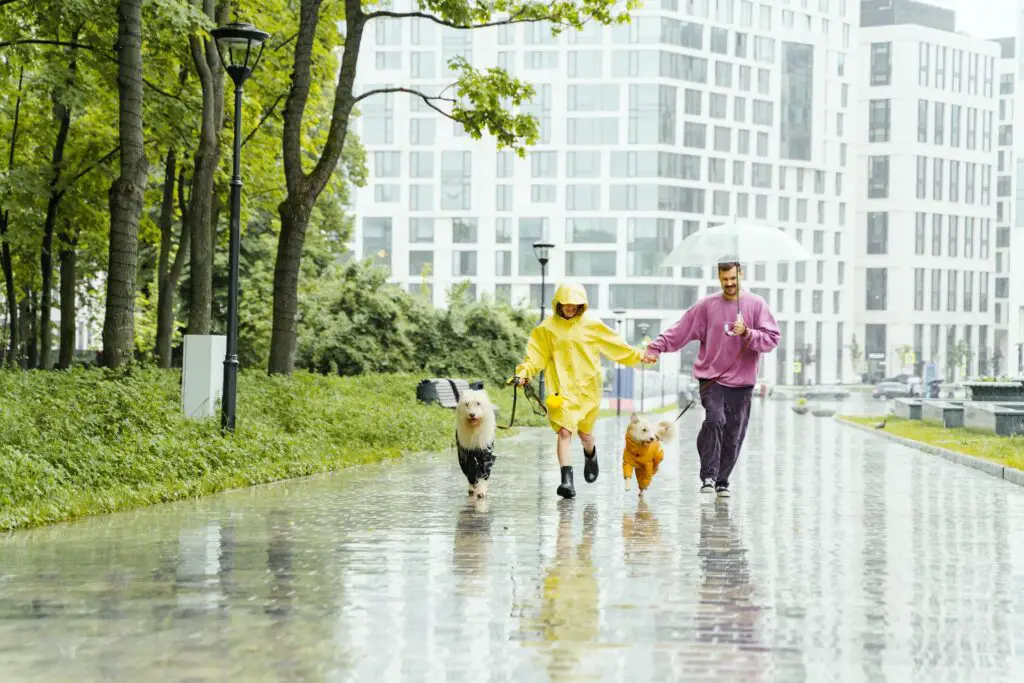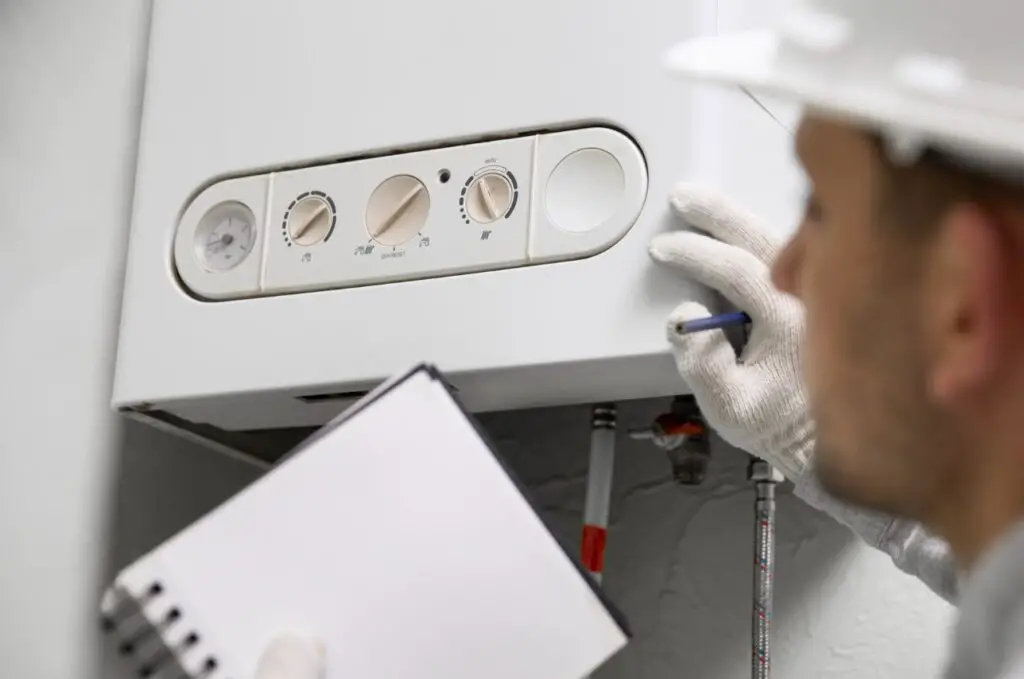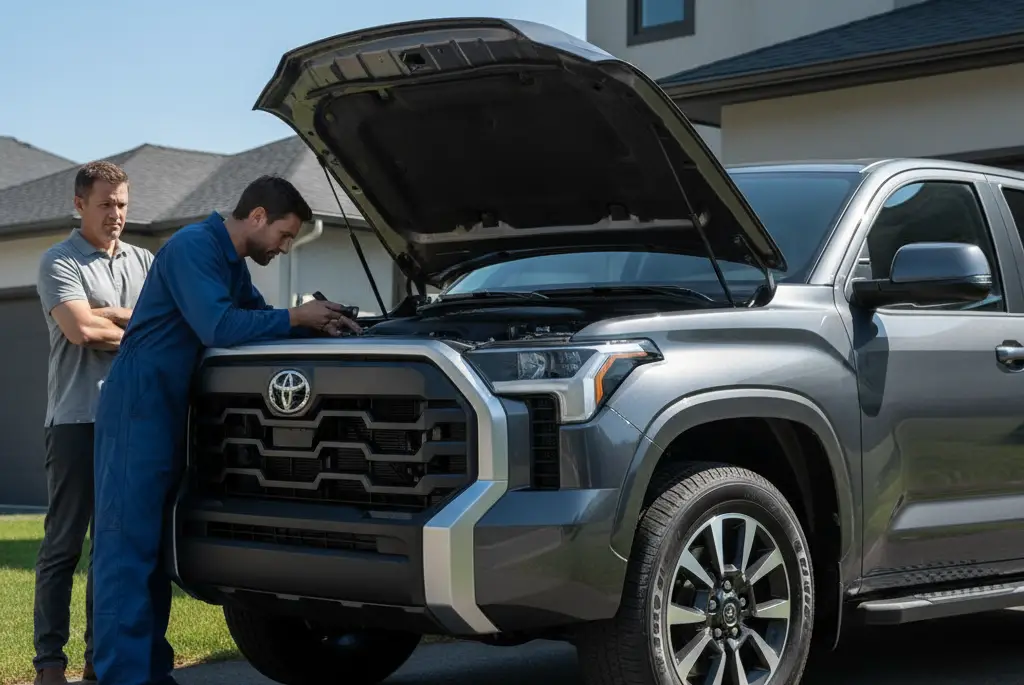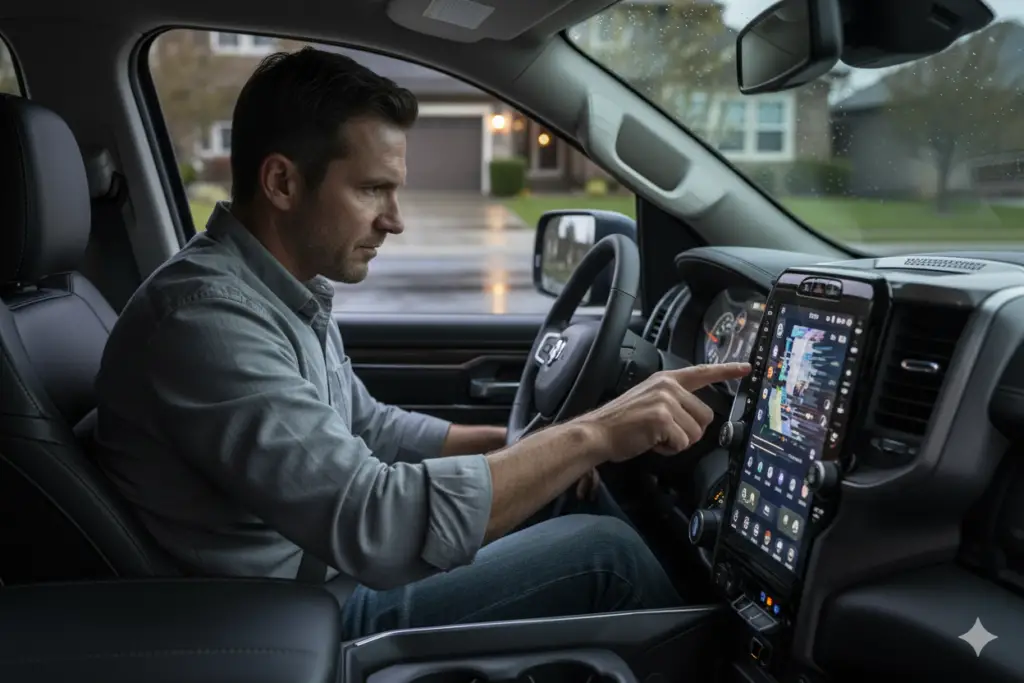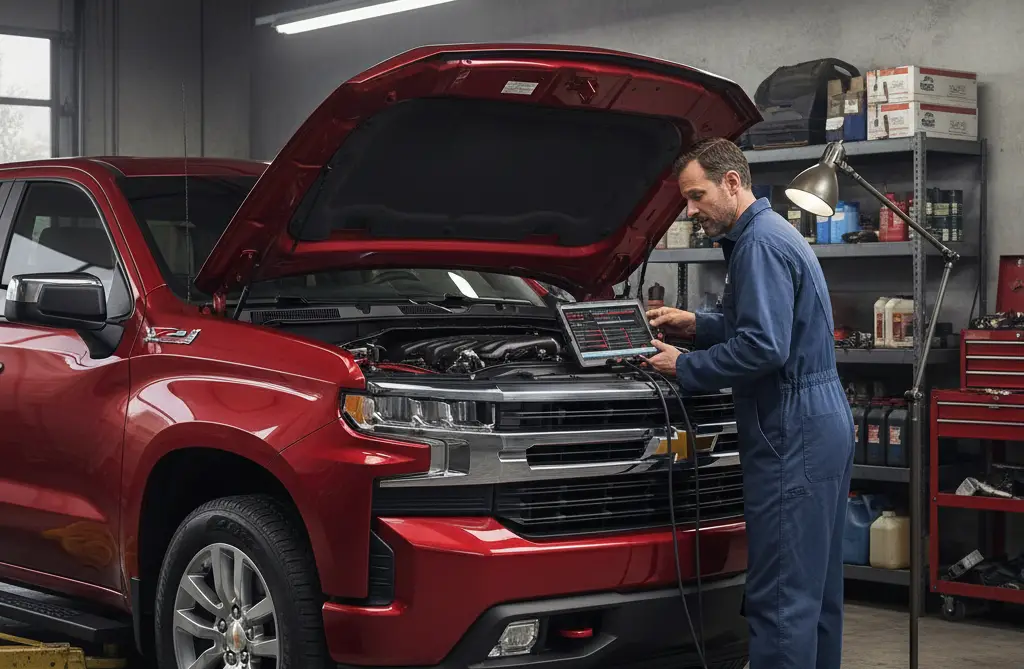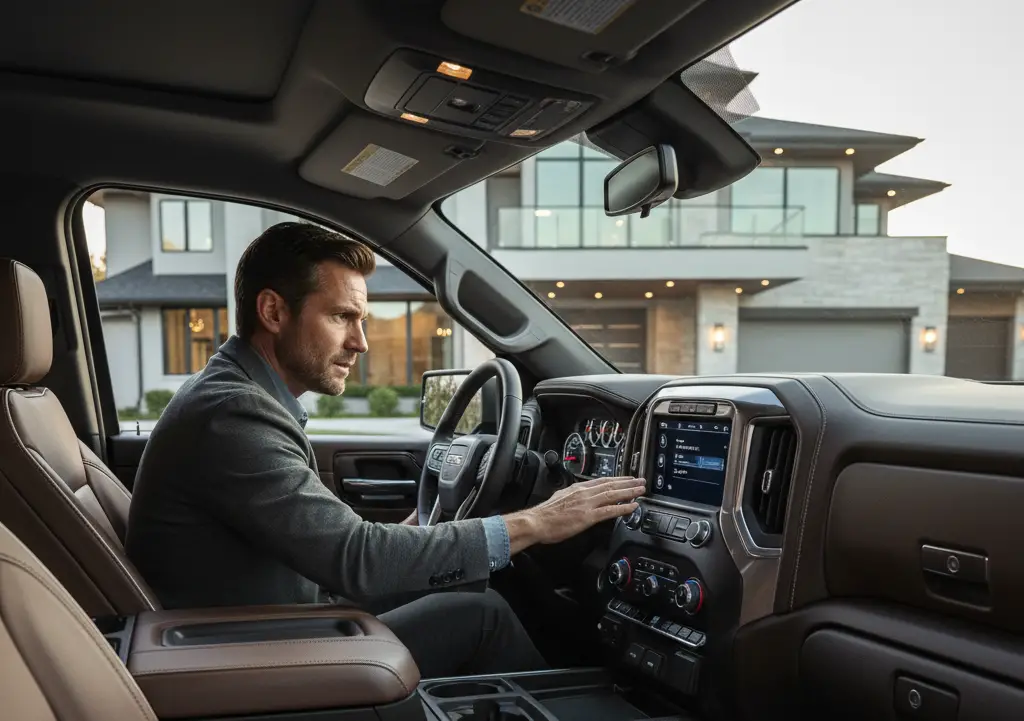These Are the 7 Leading Causes of Road Rage Incidents—According to Official Studies
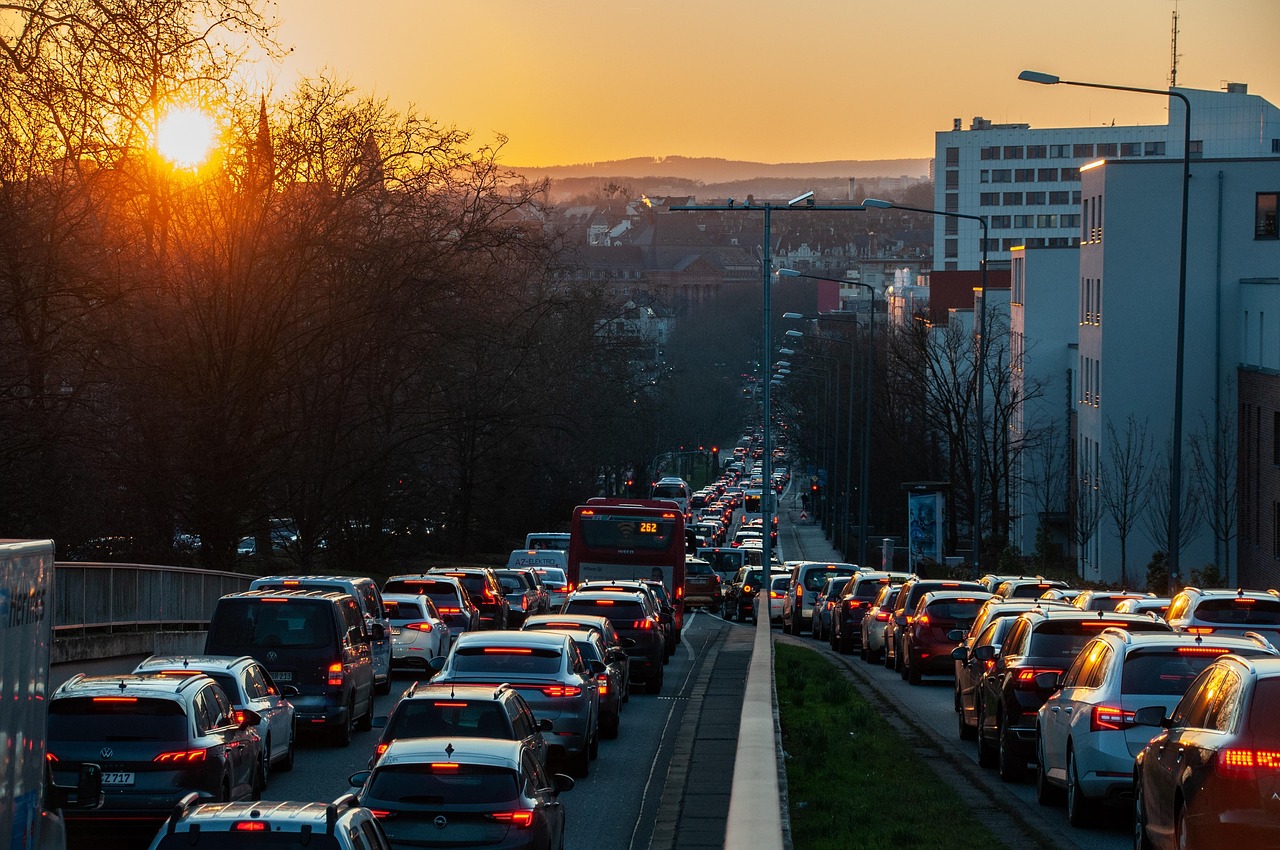
Traffic congestion, time pressure, and even the weather can push drivers over the edge. According to NHTSA road rage and speeding data, AAA Foundation traffic safety surveys, and peer-reviewed research, these seven factors consistently emerge as the leading road rage causes across the United States.
1) Traffic Congestion: The Most Common Road Rage Cause
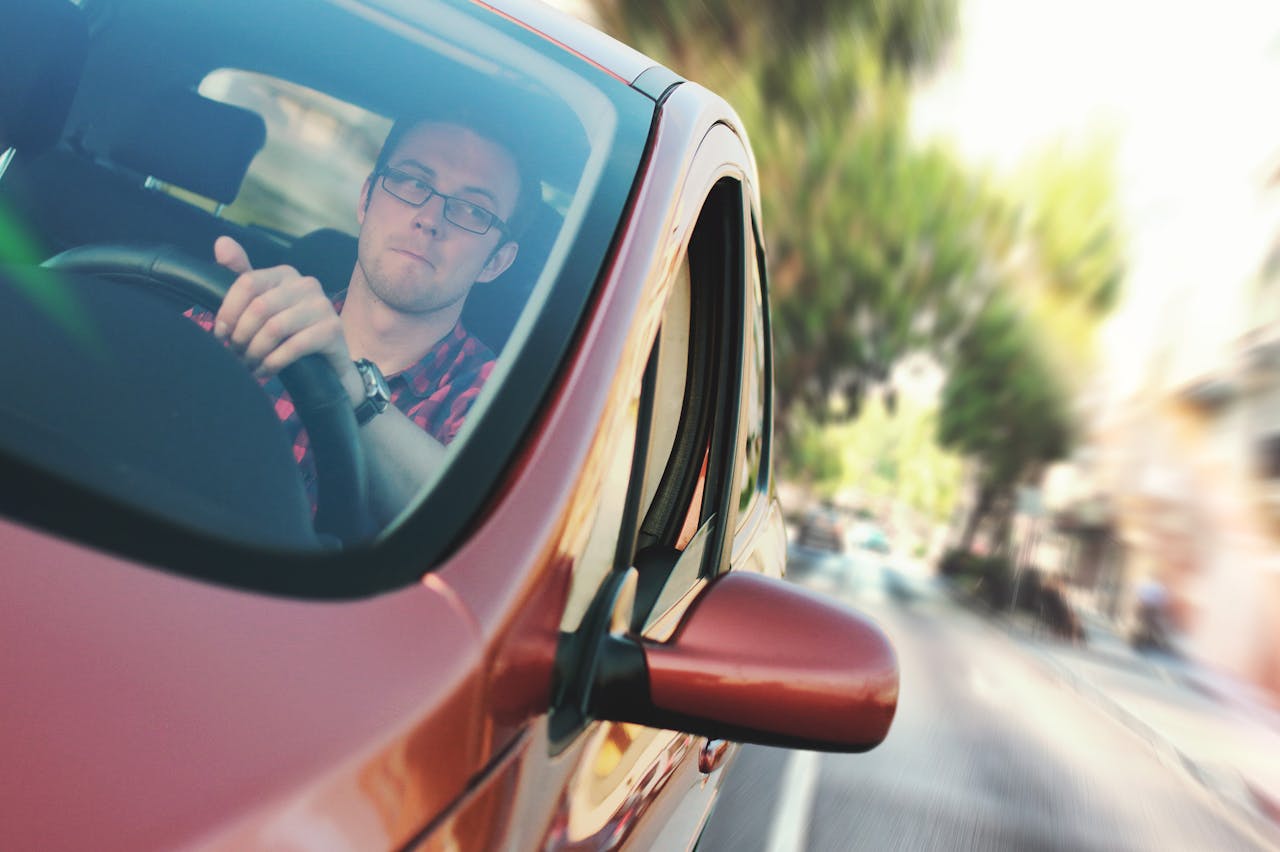
Few things test patience like sitting in bumper-to-bumper traffic. Studies show that congestion is the number-one factor linked to aggressive driving behaviors such as weaving, tailgating, and sudden lane changes. When drivers feel trapped, their frustration can escalate quickly into verbal or physical confrontations. Long delays create a sense of helplessness, which fuels anger and increases the risk of road rage incidents.
2) Time Pressure and Running Late: A Key Aggressive Driving Trigger

Being late for work, school, or appointments often causes drivers to push the limits of safety. Research from AAA Foundation’s Traffic Safety Culture Index reveals that drivers under time pressure are more likely to speed, ignore signals, and cut others off. This behavior not only endangers everyone on the road but also sparks anger from other drivers who feel threatened. In many cases, running late becomes a self-fulfilling cycle of stress and conflict.
3) Anonymity in Cars: Hidden Road Rage Causes Backed by Psychology
![]()
Inside a vehicle, people often feel shielded from accountability, a concept psychologists call “de-individuation.” Drivers who would normally act politely in person may become aggressive, honking, yelling, or tailgating because they feel unseen. This false sense of invisibility can strip away normal social restraints and amplify anger. The enclosed space of the car creates an emotional distance that makes hostile reactions more likely.
4) Speeding Statistics 2023 Show Rule-Breaking as a Trigger
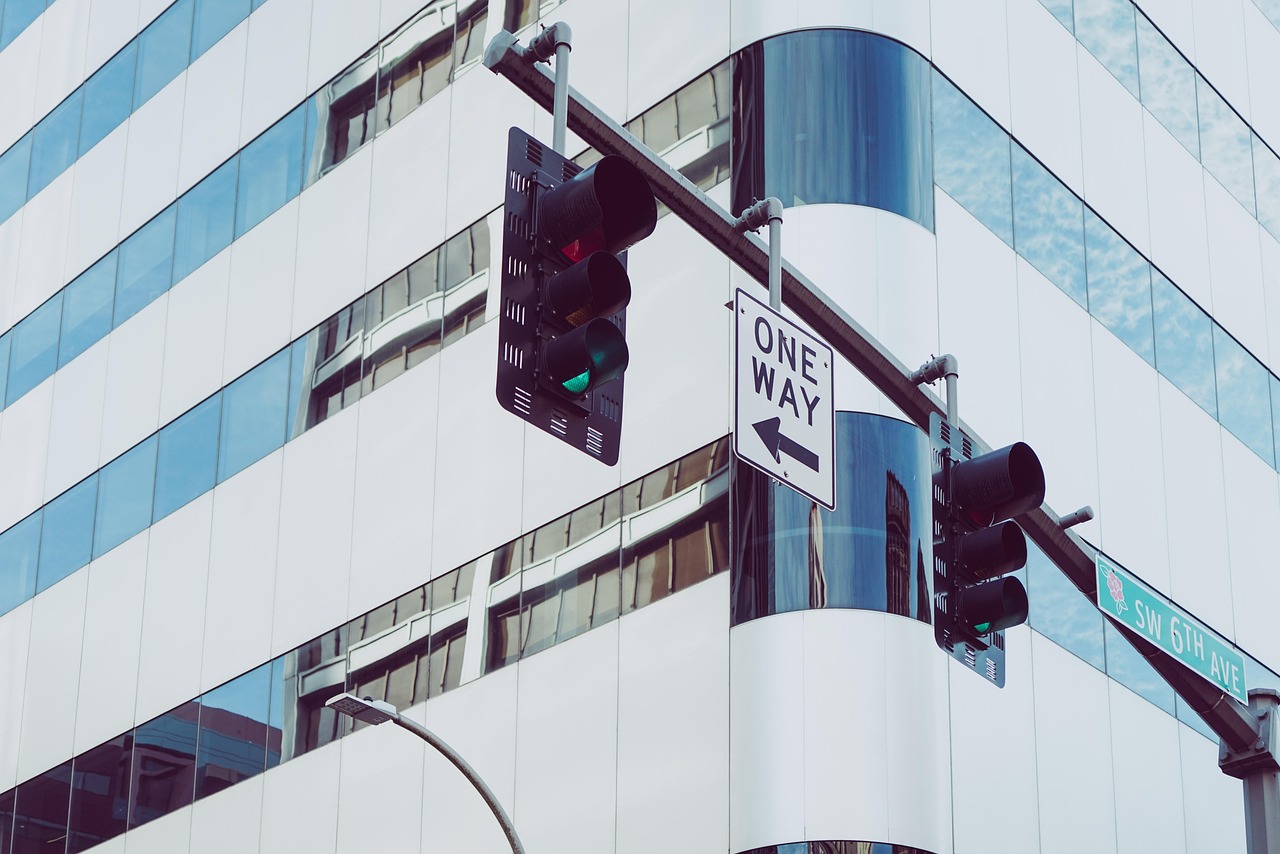
Speeding remains one of the most common aggressive driving triggers, contributing to nearly a third of all U.S. traffic fatalities in 2023 according to NHTSA. Many drivers treat speeding as a harmless habit, but officials classify it as a gateway to road rage. When one driver’s disregard for rules forces others to react, tempers flare. This cultural normalization of unsafe driving makes hostile interactions feel almost inevitable on busy highways.
5) Heat and Road Rage: Environmental Stressors That Escalate Anger

Temperature isn’t just uncomfortable—it directly affects mood and aggression. Classic studies in Phoenix demonstrated that as heat rose, drivers honked faster and longer at stalled vehicles. High temperatures make the body physically stressed, lowering tolerance for delays or mistakes. Today, researchers continue to list heat and road rage as a measurable factor in spikes of incidents during summer months (Kenrick & MacFarlane, Environment & Behavior).
6) Distracted Driving: Flashpoints Identified by the AAA Road Rage Survey
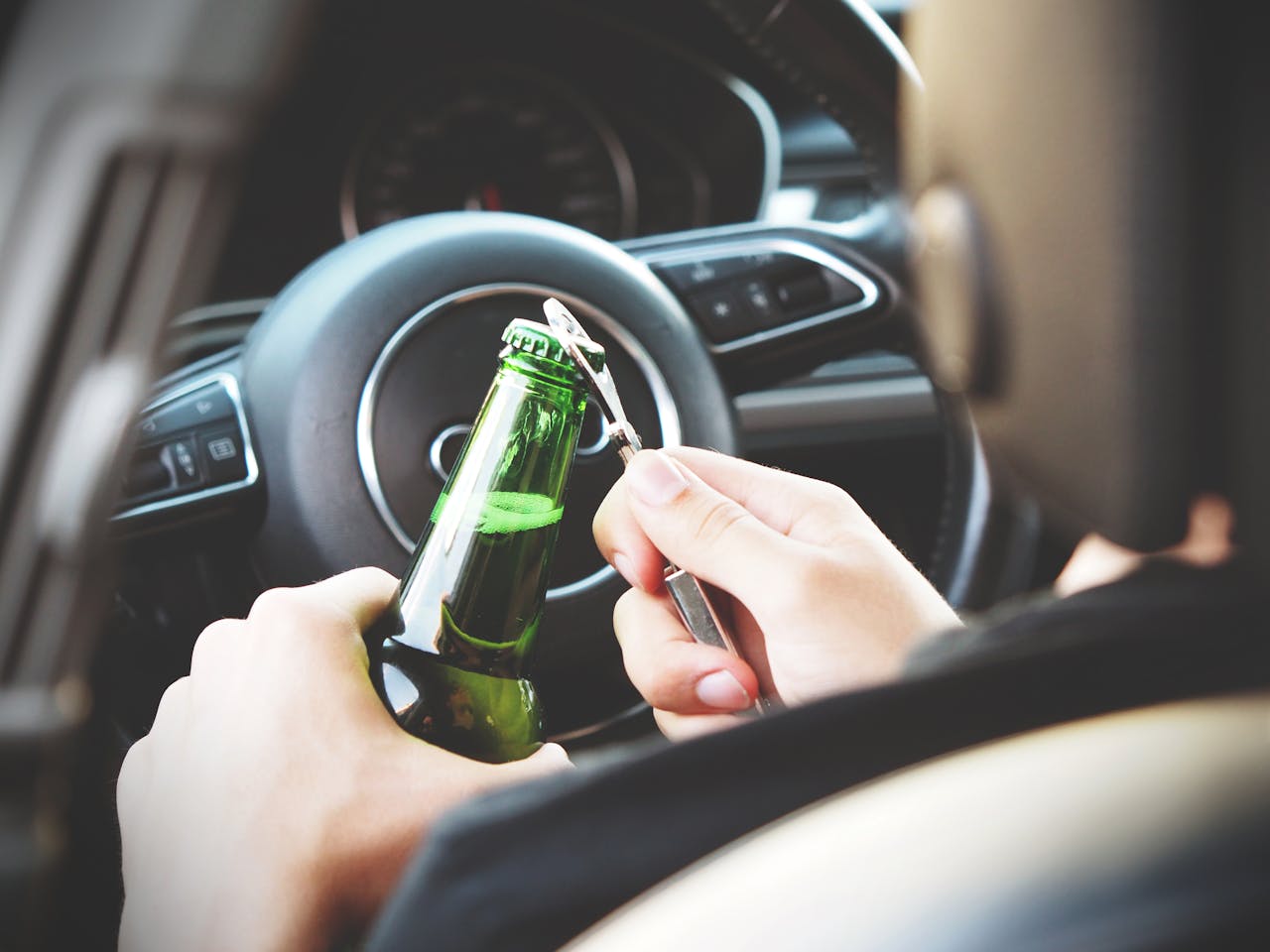
Distraction is one of the most frustrating behaviors witnessed by other drivers. The AAA road rage survey shows that nearly one in three motorists admit to texting or checking their phones while driving. When someone swerves or misses a light due to distraction, others interpret it as careless or disrespectful. These moments often serve as immediate flashpoints for shouting, honking, or retaliatory driving.
7) Illegal Maneuvers and Perceived Slights as Road Rage Causes
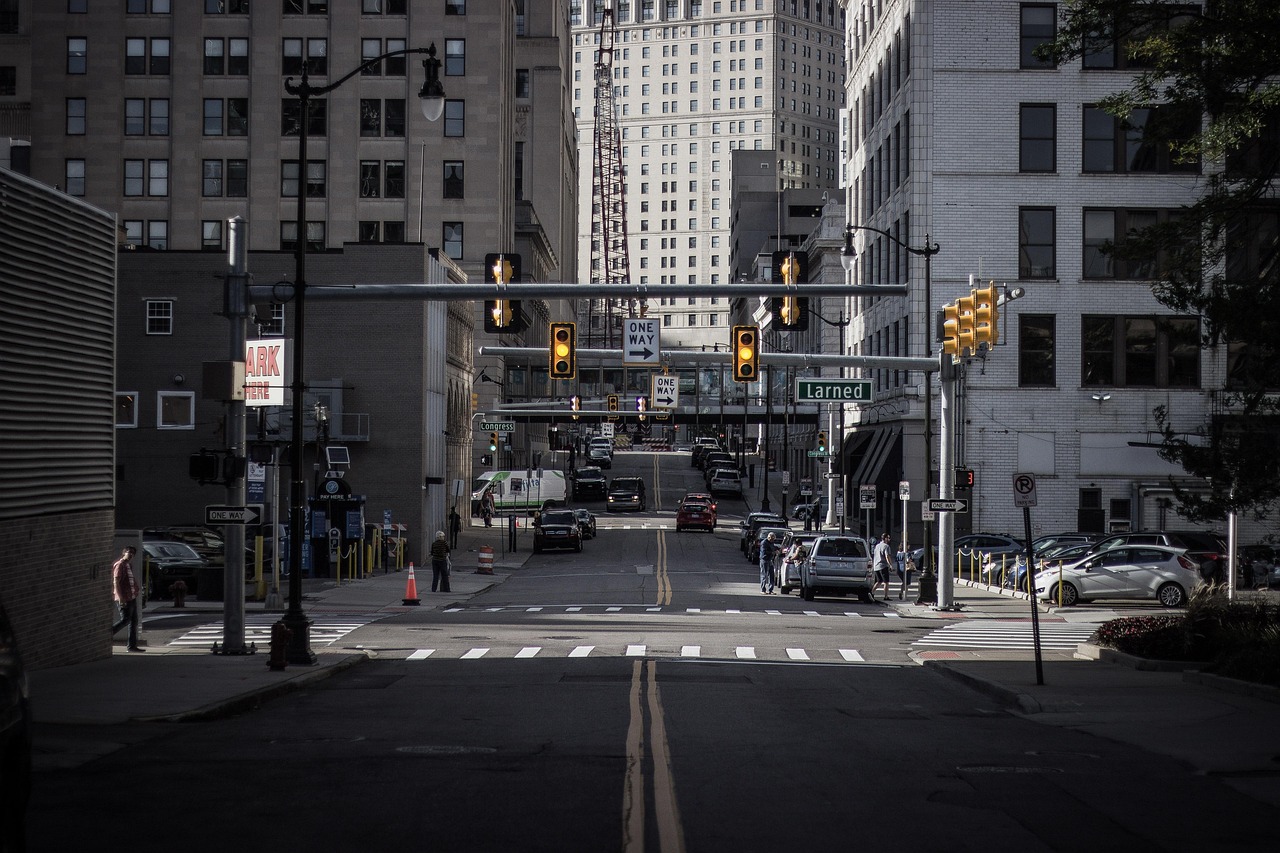
Tailgating, cutting off another driver, and weaving through lanes are not just violations—they feel personal. Official reports highlight that many road rage causes begin when one driver perceives another’s move as intentional disrespect. Even minor maneuvers can trigger anger if drivers are already stressed or impatient. This mix of illegality and perceived insult creates a combustible situation that can escalate quickly.
Why the Distinction Between Aggressive Driving Triggers and Road Rage Matters

Aggressive driving refers to dangerous behaviors like speeding, tailgating, and running red lights. Road rage is the escalation of those behaviors into violence, such as intentional ramming or physical assault. Studies emphasize the importance of preventing the first stage before it reaches the second. Strong enforcement of traffic laws and public awareness campaigns can help keep frustration from boiling over into violence.
Practical Ways to Defuse These Road Rage Causes
Experts recommend building extra travel time into your schedule to avoid time pressure and speeding urges. Staying cool—literally and emotionally—can reduce the chance of hostile reactions in hot weather. Avoiding confrontational behaviors, such as blocking lane changes or honking excessively, helps de-escalate tense situations. Finally, putting away the phone removes one of the most common triggers for conflict.


